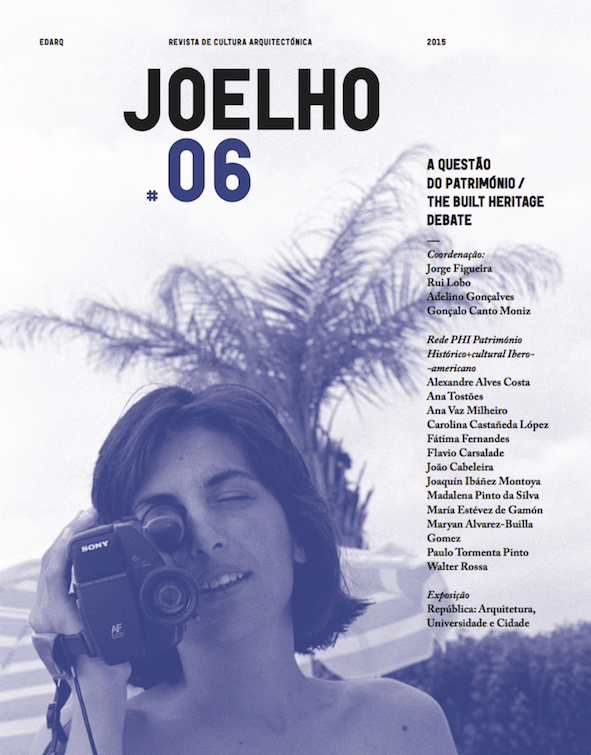Stone Raft: allegory on the spread of European urbanistics in Early Modern times
DOI:
https://doi.org/10.14195/1647-8681_6_18Palavras-chave:
urbanism, colonialism, Iberian language cultures, land ordinanceResumo
Cities were the foundational cores of Western Civilization and, at least for westerners, civilization is still unthinkable without cities and urban networks. Inevitably cities have been one of the main tools used by Europeans to establish their colonial systems, starting with the first, the Portuguese and Spanish, in Early Modern times. This paper aims to highlight the role of Iberian colonizing processes as vehicles of European city planning culture.
There are basically two large urbanistic pattern families for colonial towns: the orthogonal grid known since Ancient Greece, based on square blocks; and the sequences of long and narrow plots, systematically used in Europe since the beginning of the second millennium. The latter is more flexible and topographically more adaptable than the former. Both patterns are present in Europe, but also in the parts of the world that experienced European colonization.
The Portuguese conveyed and developed the plot system in the remaining four continents, while the Spanish codified and carried the block one to the New World. That established a distinction that has been dissected for decades. However, when these two modes are regarded from a global perspective, they appear as two complementary and diverse aspects of the spread of European urbanistics rather than an opposition.
The allegory taken from José Saramago’s famous novel The Stone Raft aims not only to give us an image of that European transfer of knowledge to the New World, but also to make us think about new research attitudes and goals around that extraordinary and long lasting legacy.Downloads
##submission.downloads##
Publicado
Edição
Secção
Licença
Acesso Livre
Autores que publicam nesta revista concordam com os seguintes termos:
a. Autores conservam os direitos de autor e concedem à revista o direito de primeira publicação, com o trabalho simultaneamente licenciado sob a Licença Creative Commons Attribution que permite a partilha do trabalho com reconhecimento da autoria e publicação inicial nesta revista.
b. Autores têm autorização para assumir contratos adicionais separadamente, para distribuição não-exclusiva da versão do trabalho publicada nesta revista (ex.: publicar em repositório institucional ou como capítulo de livro), com reconhecimento de autoria e publicação inicial nesta revista.
c. Autores têm permissão e são estimulados a publicar e distribuir o seu trabalho online (ex.: em repositórios institucionais ou na sua página pessoal) a qualquer ponto antes ou durante o processo editorial, já que isso pode gerar alterações produtivas, bem como aumentar o impacto e a citação do trabalho publicado (Veja O Efeito do Acesso Livre).





